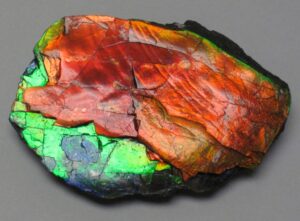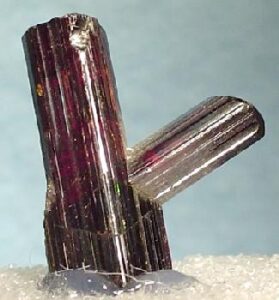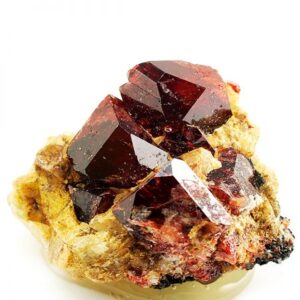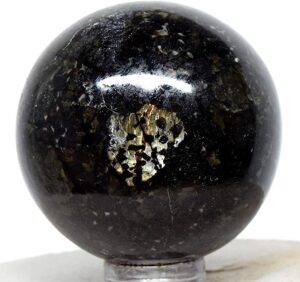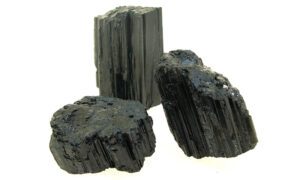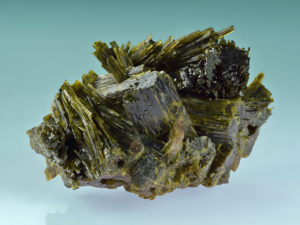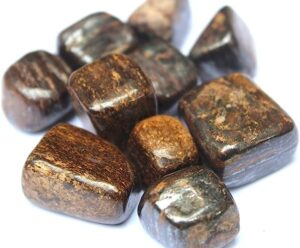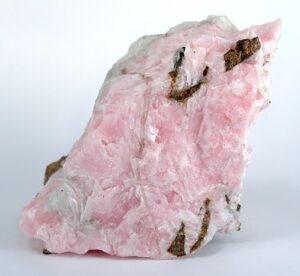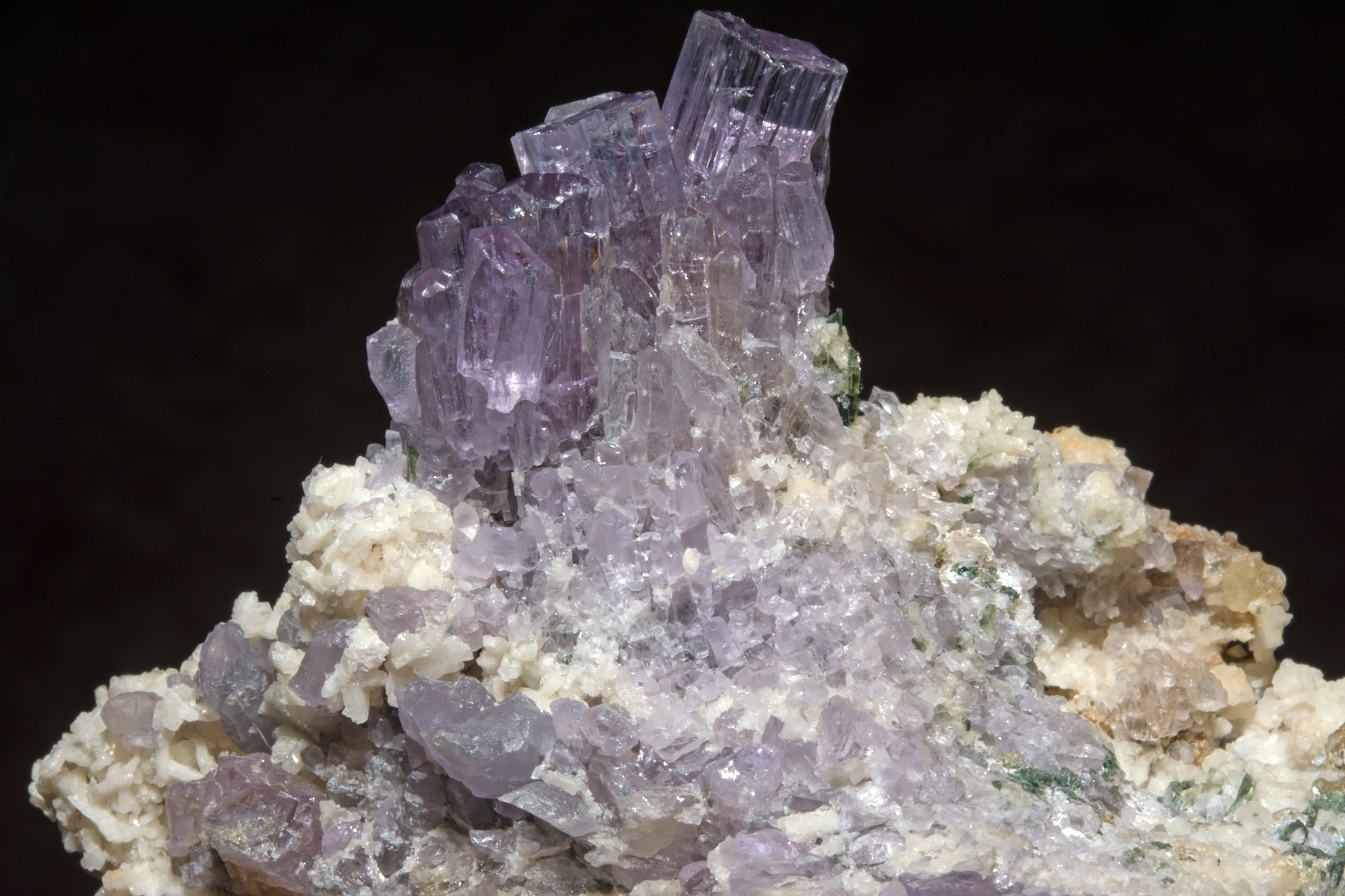
The “scapolite” is a gemstone that is characterized by its beautiful blue color and distinctive luster. Also known as “wernerite,” it is found in various parts of the world, including Brazil, Canada, Russia, and the United States. In addition to its beauty, it has also been valued for its geotherapeutic properties, which makes it a special stone for those interested in healing and energy balance.
Features
Scapolite is a mineral of the class of silicates, which forms prismatic crystals and is often found in massive aggregates. Its color can vary from intense blue to pale yellow, although blue is the most appreciated. Its hardness on the Mohs scale is 5 to 6, which makes it tough enough for use in jewelry.
This stone is known for its ability to present a luminescence property under ultraviolet light, which gives it a special shine. In addition, it can display an interesting pleochroism property, which means that it can exhibit different colors when viewed from different directions.
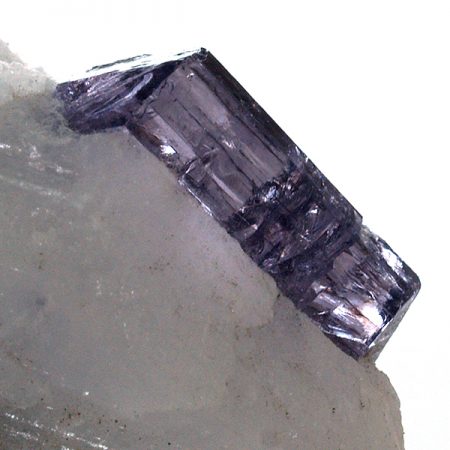
Geotherapeutic properties of scapolite
Scapolite has long been prized for its purported geotherapeutic properties. It is believed that this stone has the ability to balance the energies of the body, promoting harmony and well-being. It is said that this mineral can stimulate clear and effective communication, helping to express thoughts and emotions more clearly.
In addition, scapolite is associated with the throat chakra, which is related to communication and self-expression. It is believed that, by working with this stone, you can strengthen this chakra and promote openness and balance in communication.
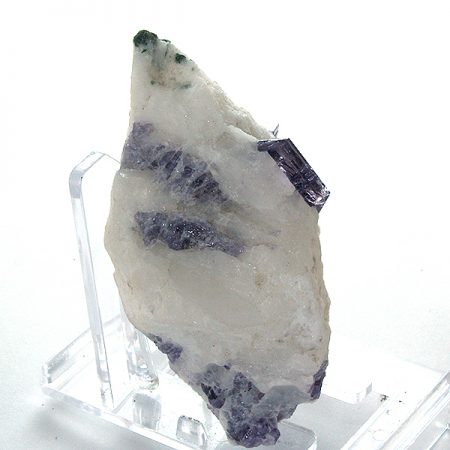
Use of scapolite in geotherapy
Scapolite is used in geotherapy in several ways. A common way to use this stone is by wearing it in the form of jewelry, such as necklaces or bracelets. By bringing it close to the body, its energies are said to be transmitted and help balance the energy fields.
Another way to use the scapolite is through meditation and placing the stone at specific points on the body or in the chakras. This practice is believed to help align and harmonize energies, promoting healing and overall well-being.
Care and cleaning of the scapolite
To keep this stone in optimal condition, it is important to follow some care and cleaning tips. Because it is a relatively soft stone, it is advisable to protect it from bumps or scratches. When storing it, it is advisable to do it separately from other stones or jewelry to avoid possible damage.
As for cleaning, it is recommended to use a soft, damp cloth to remove dirt and debris. Avoid using harsh chemicals, as they could damage the stone. It is also suggested to recharge the scapolite under sunlight or moonlight to revitalize your energies.

Conclusion
Scapolite is a beautiful and fascinating gemstone, which is not only valued for its appearance, but also for its geotherapeutic properties. Its balancing and harmonizing properties make it a popular choice in geotherapy, where it is used to promote wellness and healing.
While it is important to note that the geotherapeutic properties of this mineral have not been scientifically proven, many believers in energy and holistic healing have found benefits from working with this stone. Whether you choose to wear it as jewelry or use it in meditation, the scapolite can be a significant addition to your geotherapy practice. Remember to take care of it properly to maintain its beauty and energy over time.
For more articles like this, click here.

